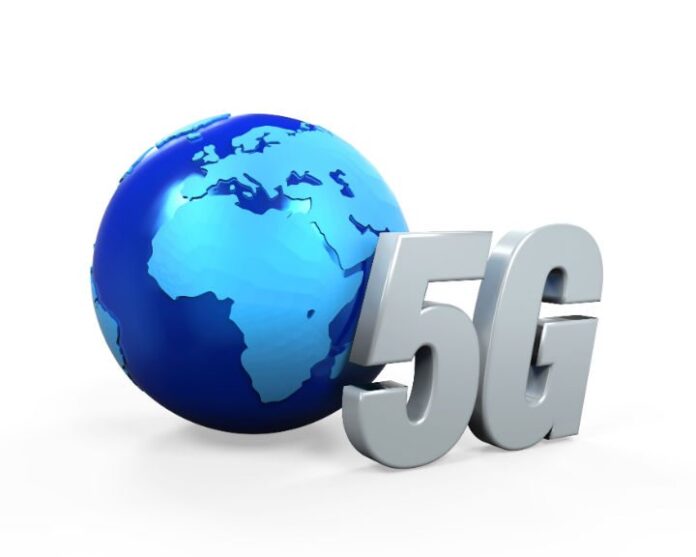Editor’s Note: With 2015 now upon us, RCR Wireless News has gathered predictions from leading industry analysts and executives on what they expect to see in the new year.
It’s the beginning of a new year again: the time when we all look back to see what we accomplished over the past year and start to think about what future years will bring. One topic that is on everyone’s mind is “5G” as the next big thing in wireless. The successor to LTE, 5G is expected to bring us greater network speed and capacity to support the millions – or even billions – of devices that the “Internet of Things”-connected future will bring, ranging from smartphones to sensors to unmanned vehicles. But 5G remains a nebulous term. The standards have not yet been defined and we have a long way to go and many questions to answer before broad deployments can begin. As we begin to get into that process, I have a few predictions about how everything will unfold:
5G will operate in a higher frequency spectrum
There isn’t a lot of open spectrum available, especially open spectrum with large contiguous bands that can provide the higher speeds that 5G is supposed to bring. Therefore, 5G will have to operate in the higher frequency ranges of the spectrum in order to fulfill its potential. Which frequency remains to be seen, but I expect the industry will come to a consensus on this within the next year or two.
5G will drive the proliferation of small cell architectures
At higher frequencies, radio transmissions don’t propagate as well as they do at the lower frequencies, making it more difficult for operators to support users with a macro cell deployment. The signal won’t penetrate building walls and can’t cover as much area as it can at the lower frequency spectrum in use today. Therefore, more cells must be distributed, which will also allow operators to reuse the spectrum to support higher capacities, especially in dense urban areas. In 10 years, the demand for data capacity will likely be somewhere in the neighborhood of 1,000 times what it is today, thanks to IoT driving the need for more connections and more data. With the increase in capacity, operators will be able to support many more devices accessing the network, without a noticeable impact on speed. Although some may be concerned about the cost of deploying so many small cells, the benefits of providing more bandwidth to more users faster will be well worth the investment.
5G will force a move to higher order MIMO technology
Multiple-input, multiple-out 2×2 technology is already commonplace with LTE and the later 3GPP releases of W-CDMA, but the explosion of wireless devices as a result of IoT will drive the need for higher order MIMO at the base station to support simultaneous high-speed transmissions to multiple users. Even though the number of antennas on a device may be limited, MU-MIMO will drive a higher number of antennas at the base station. Moving to higher order MIMO or massive MIMO goes hand in hand with running at higher frequencies. The shorter wavelengths make large antenna arrays practical in a small area.
SDN/NFV will play a major role in 5G
The use of software-defined networking and network function virtualization will allow 5G network operators to be able to roll out new value-added services very quickly. They will be able to respond to spikes in demand based on changing demographics, special events or even natural disasters. Core network resources and value-added services can be deployed close to the edge of the network to improve the user experience. We will start to see this happen with 4G over the next few years, but it will be a core component of 5G, where the benefits will really begin to be seen.
5G will make its debut at the Tokyo Olympics
Japan has led the charge in previous network technology rollouts, and with the 2020 Tokyo Olympics only a few years away, it will serve as a great debut for the technology. A number of operators and vendors are likely already working to have 5G ready for the world stage by then. Based on previous rollouts Japan has done, if there’s a place for 5G’s debut to go smoothly, the Tokyo Olympics are it. 5G also helps solve the problem of sporting events, providing the increased capacity to support such a dense population of users, which is currently very difficult for 3G and 4G to handle. This will allow the Tokyo Olympics to be broadcast to the world as never before, with users inside the stadium able to use mobile devices to interact with the game in ways that have never been possible in the past, making it a true trial by fire. If 5G can succeed at the Tokyo Olympics, it can succeed anywhere.
It’s still pretty early in the 5G-hype cycle. There are many groups investigating it and many parts of the technology remain undefined. Standardization is completely absent – a possible stumbling block for Japan – but by 2025, 5G will be everywhere. I for one look forward to the innovations it will bring.

